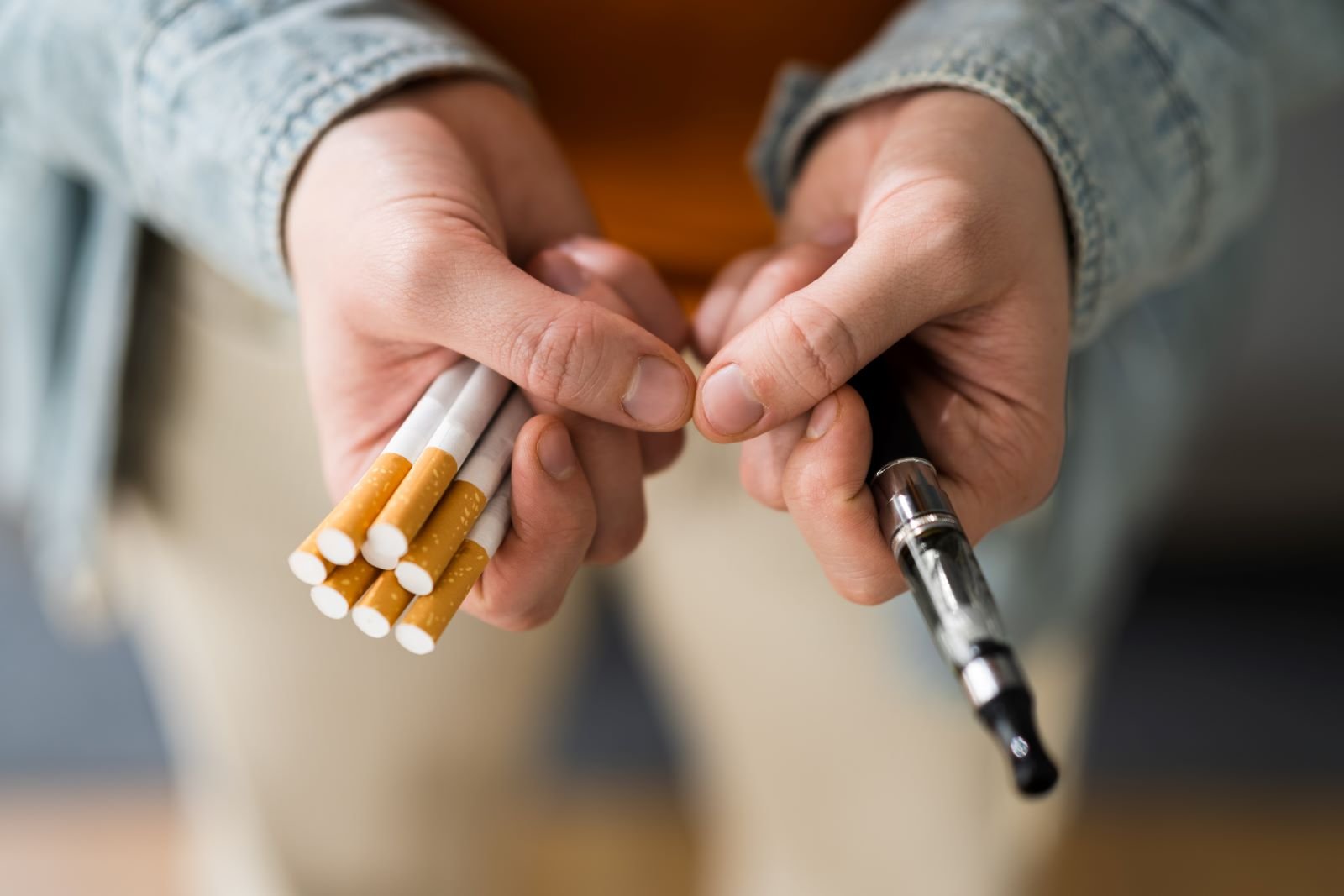The Internal Revenue Service (IRS) in the United States collects federal taxes from citizens. These taxes come from different income ranges and are used for various government projects. The federal budget mainly goes to social security, healthcare, defense, economic security, and veteran support. However, sometimes the government spends taxpayer money on unusual and surprising things.
We’ve gathered information from various sources to highlight some of the most peculiar ways the U.S. tax money has been spent. Let’s explore the wildest and most absurd federal budget allocations.
State Department’s In-site Advertisement

In 2013, the Washington Examiner revealed that the State Department spent $630,000 on a social media campaign to buy Facebook likes. The goal was to promote their initiatives by increasing their online presence. However, this significant expenditure did not lead to much success. The campaign failed to achieve the desired engagement and outcomes, highlighting a peculiar use of taxpayer money.
Anti-smoking Campaign by Paying Hipsters

The National Institutes of Health funded a project at the University of California that aimed to promote anti-smoking messages in innovative ways. This project invested around $5 million in anti-smoking art and merchandise.
The project leaders formed a social change group called ‘Commune‘ to sponsor non-smoking events, including local artists and ‘hipsters.’ The expectation from the campaign was that the local music connoisseurs would be able to reach out to the general public about the ill effects of smoking through the alternative art scene.
Census Bureau Super Bowl Ad

The United States Census Bureau took a chance to grab the attention of the majority by putting up an advertisement worth $2.5 million during one Super Bowl match in 2010. They defended spending this massive amount of tax money, saying that the 30-second ad was a perfect opportunity to encourage Americans to participate in the Census.
Luxurious Bus Stop in West Virginia

A futuristic bus stop on Columbia Pike in Arlington County, West Virginia, cost more than $1 million. This super stop featured modern amenities like heated floors, digital displays, and weather protection.
It was part of a broader urban planning effort to improve public transportation infrastructure. While the county paid around $200,000 of the total cost, the rest was sponsored by the Virginia Department of Transportation.
Improving Serbian Cheese

The U.S. Agency for International Development, in collaboration with the Ministry for European Integration, dedicated $22 million in funding to support Serbia’s economic and social improvement.
A large part of the funding was allocated to a cheese production facility in Pester that specialized in a unique variety called the Sjenica cheese. The funding was utilized to improve the quality of the cheese and bring it up to an international standard.
Self-Cleaning Toilet

The Washington Metropolitan Area Transit Authority (WMATA) spent over $500,000 to maintain a self-cleaning toilet in Northern Virginia. Despite the high maintenance costs between 2003 and 2017, the toilet stopped working in 2017. Even after an investigation by the Metro Inspector General, WMATA couldn’t provide invoices for some of the maintenance costs. This example highlights another surprising and questionable use of taxpayer money.
Monkey Saliva Study

In a surprising use of taxpayer money, the State University of New York received two grants from the National Institutes of Health totaling $817,000 to study monkey saliva. The research aimed to understand the composition and potential benefits of monkey saliva, but the high cost raised many eyebrows. Critics argued that the funds could have been better spent on more pressing public health issues. This expenditure sparked debates about the priorities in scientific research.
FBI’s Movie Consultants

One of the most unsettling truths about the unworthy use of tax money was that the FBI spent more than $1.5 million annually to protect its image. This amount was spent on the “Investigative Publicity and Public Affairs Unit” of the Federal Bureau of Investigation. The unit solely worked for many Hollywood production houses to oversee the correct portrayal of the FBI in any TV show or movie.
Hamster Fights Study by Northwestern University

According to multiple media reports, Northwestern University received grants totaling $3 million to study hamsters fighting with each other. There is evidence that the study employed steroid-injected hamsters to examine the change in their aggression. The experiment stopped in 2017 after 20 years of research as various animal protection organizations protested against the actions.
Digitizing Grateful Dead Memorabilia

In 2009, the Museum and Library Services awarded the University of California–Santa Cruz the National Leadership Grant of $615,175. The funding was used to archive the donated memorabilia of the rock band Grateful Dead. Show tickets, t-shirts, and other souvenirs related to the band have been digitized in an online archive.
Grant to The International House of Pancakes

The U.S. Department of Health and Human Services allotted a $500,000 grant to the International House of Pancakes to set up a new establishment in Washington, D.C.
A report by Senator Tom Coburn claimed that this unnecessary fund was spent to subsidize pancake prices. The grant aimed to subsidize pancake breakfasts, hoping to attract visitors and foster community engagement. However, this allocation of taxpayer money sparked criticism due to the perception of it being a frivolous expenditure with limited direct public benefit.
Grant to National Comedy Center

The National Comedy Center in Jamestown, New York, was awarded a $4.3 million grant by New York State, plus another $1.7 million in federal grants. The grant was allotted through the Economic Development Administration program to create new attractions and archive heritage memorabilia.
Zebrafish Nicotine Addiction Study

In 2019, a shocking ‘Waste Report’ by Senator Rand Paul revealed how the U.S. government has funded multiple failed projects, spending millions of taxpayers’ money.
One of these arbitrary projects was a study conducted at London’s Queen Mary University to research the nicotine addiction of Zebrafish. The U.S. government, through the NIH, spent around $708,446 on this particular project.
